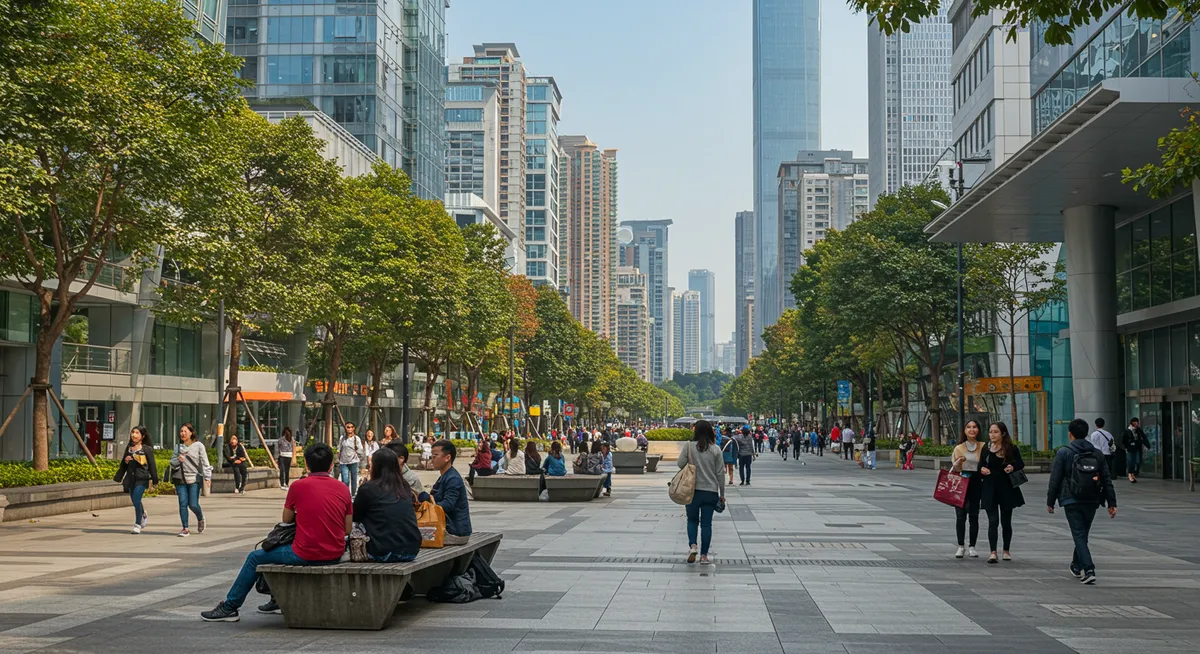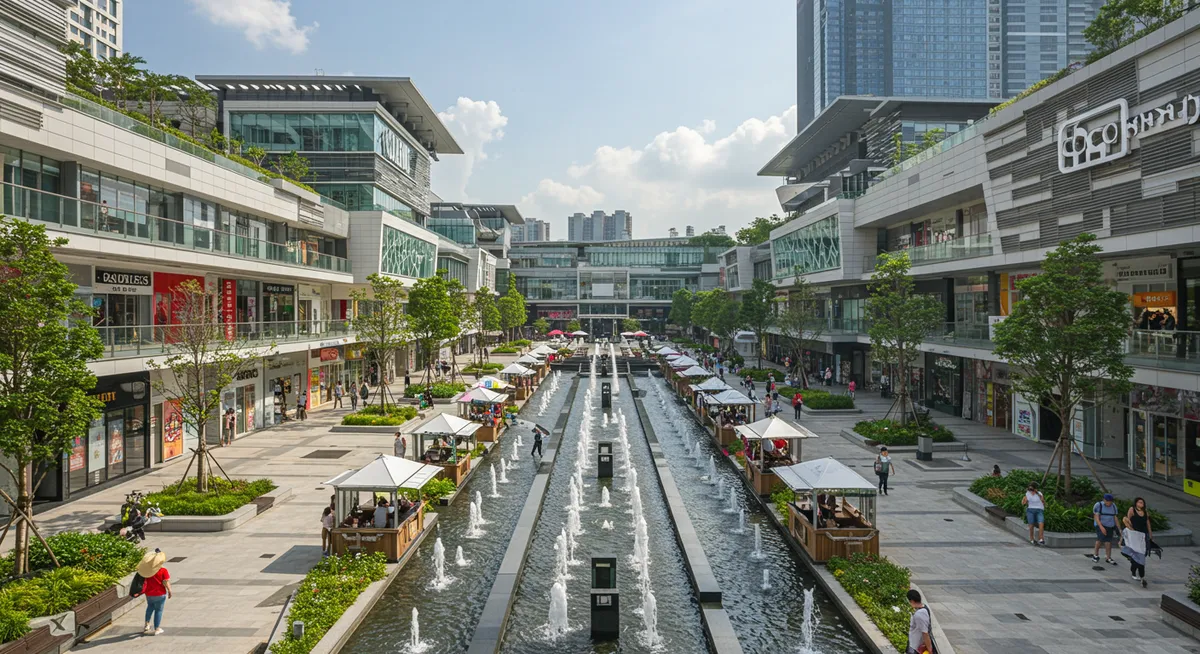Shenzhen food guide
From dim sum to night market skewers, you’ll find great eating near metro hubs. Planning your route? Pair this with the Shenzhen Metro guide and slot meals into our Shenzhen itinerary (3-day / 5-day).
Where to eat near sights: OCT Harbor (bayfront dining), Coco Park (many options), and stalls near Window of the World.
Must-try dishes (quick glossary)
Plan this trip faster with our free online itinerary maker. Get a personalized day-by-day plan in minutes.
- Dim sum: Cantonese small plates (har gow, siu mai, cheong fun). Morning or lunch.
- Chaozhou beef hotpot: Clear-broth hotpot with thin-sliced beef, simple dips.
- Shenzhen-style seafood: Fresh, lightly seasoned; ask for seasonal catch. Plan your Shenzhen trip with Shenzhen festival guide.
- Roast meats: Char siu (BBQ pork), siu yuk (crispy pork), roast goose/duck over rice or noodles.
- Clay pot rice: Rice crisped at the bottom with sausage, chicken, or beef; sweet soy drizzle.
- Street skewers: Grilled meats/veg with cumin-chili rub—late-night staple.
- Milk tea & desserts: Hong Kong–style milk tea, egg tarts, mango sago.
- Vegetarian picks: Tofu clay pots, stir-fried greens (gai lan), mushroom hotpots.
Where to eat by neighborhood
Futian
Central and convenient. Near Ping An and Lianhuashan Park, you’ll find dim sum houses, roast meat shops, and modern Cantonese kitchens. Business towers host reliable mid-range lunches with fast service.
Nanshan (OCT)
Ideal for pairing with Window of the World, Splendid China, and OCT Loft. For evenings, OCT Harbor lines the promenade with seafood, hotpot chains, and dessert cafes.
Luohu
Budget-friendly, bustling, and close to markets. Great for late-night skewers, congee shops, and roast meats after shopping. Easy metro back toward Futian/Nanshan.
Street food, food courts, and markets
- Food courts (malls/metro hubs): Broad selection, English menus common, convenient for families.
- Street markets: Best for skewers, noodles, and quick desserts; go to busier, well-lit stalls.
- Wet markets: For produce and cooked-stall corners; observe hygiene and choose high-turnover vendors.
How to order and pay like a local
- Point-and-order or scan QR menu; photos and Chinese/English names often shown.
- Mobile pay dominates (WeChat/Alipay), but major malls accept cards; keep small cash for markets.
- Tea and service may be charged per head in dim sum houses—check the bill line items.
Dietary needs and tips
- Vegetarian: Say “su shi” (vegetarian); tofu/clay pots/greens are common. Avoid hidden broths by asking.
- No nuts / allergies: Show a translated allergy card; confirm with staff and choose simple dishes.
- Gluten-light: Prefer rice dishes, steamed fish, stir-fried veg; avoid thickened sauces.
Etiquette and pacing
- Dim sum is social—share plates, don’t over-order at once; add rounds as you go.
- Hotpot: cook meats first, then veg; keep utensils clean; ask for mild broth if sensitive.
- Roast meat shops are fast turns; expect casual seating and quick payment.
Food safety pointers
- Pick busy stalls with visible turnover and clean prep spaces.
- Ask for freshly cooked skewers and ensure meats are fully done.
- Prefer bottled/filtered water; confirm ice source if sensitive.
Sample food day (pair with sights)
- Breakfast: Dim sum near Futian → walk Lianhuashan Park.
- Lunch: Roast meats and greens → head to Ping An for views.
- Dinner: Seafood/hotpot at OCT Harbor → dessert and bayfront stroll.
Costs (rough)
| Meal type | Budget | Mid-range | Notes |
|---|---|---|---|
| Dim sum (pp) | $6–12 | $12–22 | Weekends may queue; arrive early |
| Roast meats (set) | $5–10 | $10–18 | Rice/noodle set combos common |
| Seafood dinner (pp) | $12–20 | $20–40 | Bayfront views add surcharge |
| Street snacks | $2–6 | — | Skewers, buns, desserts |



